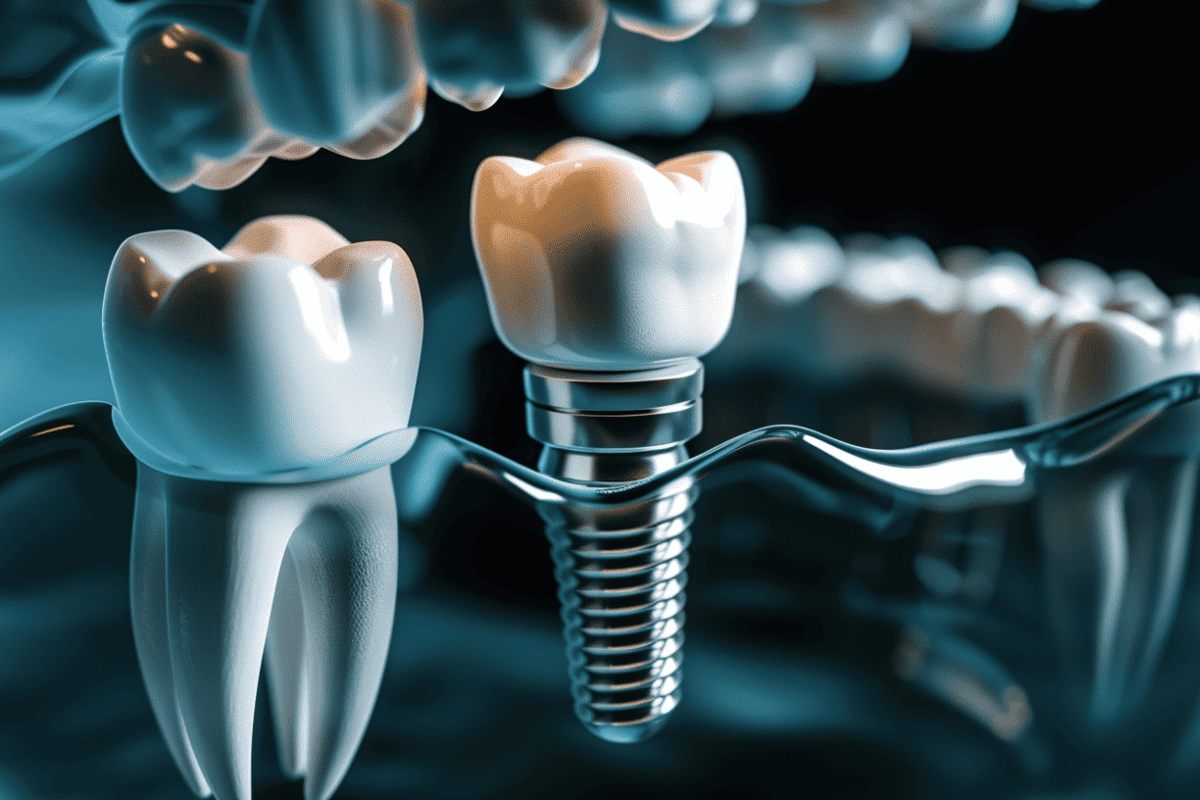Formerly known as “orthodontia,” Orthodontics is a specialized field in dentistry focused on the diagnosis, treatment, and correction of malpositioned jaws and teeth. Specialists in the field known as orthodontists are dentists who deal more with the alignment of teeth, bites, and occlusion.
Although they both help keep patients maintain and improve their smile, the key difference lies in how they do it.
General dentists help keep gums, teeth, nerves, and the jaw in good shape while orthodontists specialize in correcting misaligned teeth and jaws and bites using appliances, such as braces. That said, an orthodontist can also be a certified dentist, but some dentists may not be licensed to practice orthodontics.
In this article, you will learn all about the different orthodontic appliances and how they work in correcting people’s smiles.
What are Orthodontic Appliances?
There are several appliances or devices used in Orthodontics that assist in correcting teeth and jaw alignment. Aside from braces, you might also be offered other options, depending on the type of issue to be corrected.
Below are three of the most common orthodontic devices available today:
1. Braces
Braces are the most popular and common appliance used to deal with occlusion, misaligned teeth, and other malpositioning issues. Over the years, braces have evolved to accommodate the ever-changing requirements of orthodontics and are currently working with two main parts: wires and brackets.
The key concept behind these parts of a brace is that the wires trigger motion in the teeth while the brackets act as non-moving handles that hold them. Of course, these two may not be the only parts of braces needed as it would depend on the individual cases.
Dental braces can be made from different materials, including:
- Stainless steel
- Nickel, copper, and titanium alloy
- Titanium and molybdenum alloy
- Ceramic
Contrary to what most believe, teeth aren’t immovable parts of the oral cavity. It is not connected directly to the jawbone and is surrounded by a membrane underneath the gums that control its position. When pressure is applied, the membrane responds and adjusts accordingly, making the treatment effective.
By exerting constant pressure, braces are able to reshape the jaw and teeth into their ideal position. It is often worn for extended periods of time, depending on the severity of the issue.
2. Invisible Aligners
Popularly known as invisible braces, these orthodontic devices serve almost the same purpose as traditional dental braces. But, unlike braces, clear aligners don’t use brackets and wires to encourage the movement of the teeth.
Instead, these appliances are made from a see-through plastic-like material, which is fitted into the patient’s teeth. Aligners are refitted and changed during different stages of the treatment. Each set is worn 22 hours daily for about one to three weeks before they are switched.
Like brackets and wires in braces, these molded aligners trigger motion in the teeth in increments, depending on the treatment plan the orthodontist recommends for each patient. Sometimes, attachments sporting the same color as the enamel are added to assist in the process.
However, it is worth noting that clear aligners aren’t for everyone. Your orthodontist should be able to assist you in making an informed decision based on their experience with the different oral appliances.
3. Retainers
Engineered using plastic-like materials and wires, retainers are typically used as the last stage of orthodontic treatment. These are often required after the removal of braces to allow the teeth to maintain their newly aligned position, thus, its name.
Retainers are worn overnight, at the very least, immediately after the braces have been removed. It works in the opposite way that aligners and braces do – it holds the teeth in its current place, rather than applying a constant force to change its position. This effectively prevents them from moving or drifting and ensures that they “retain” their new, more ideal position.
Skills and Devices at Work
Realigning the jaws and teeth should be done by a professional with comprehensive knowledge on the physiological process involved in orthodontic treatment to ensure safe and effective correction of the issue.
Varying methods of correction and use of different orthodontic appliances won’t matter if the person performing the treatment is incompetent at his job. This is why it is crucial that you pick the best dentists in town to perform any orthodontic corrections required to correct and maintain your smile.
This post has been sponsored by Veravo Media FZ LLC
Dr. Zul Paliwalla
Dr. Zul Paliwalla is the General and Cosmetic British Dentist at NOA Dental Clinic, specializing in smile-related concerns. With over 33 years of experience in the UK, Dr. Zul has successfully worked on and improved many internationally recognized smiles. He is a certified Invisalign® GOLD provider as well and has brought his elite expertise to Dubai not only to enjoy the sun, sea and sand, but also to offer his brand of personalized smile makeovers.


